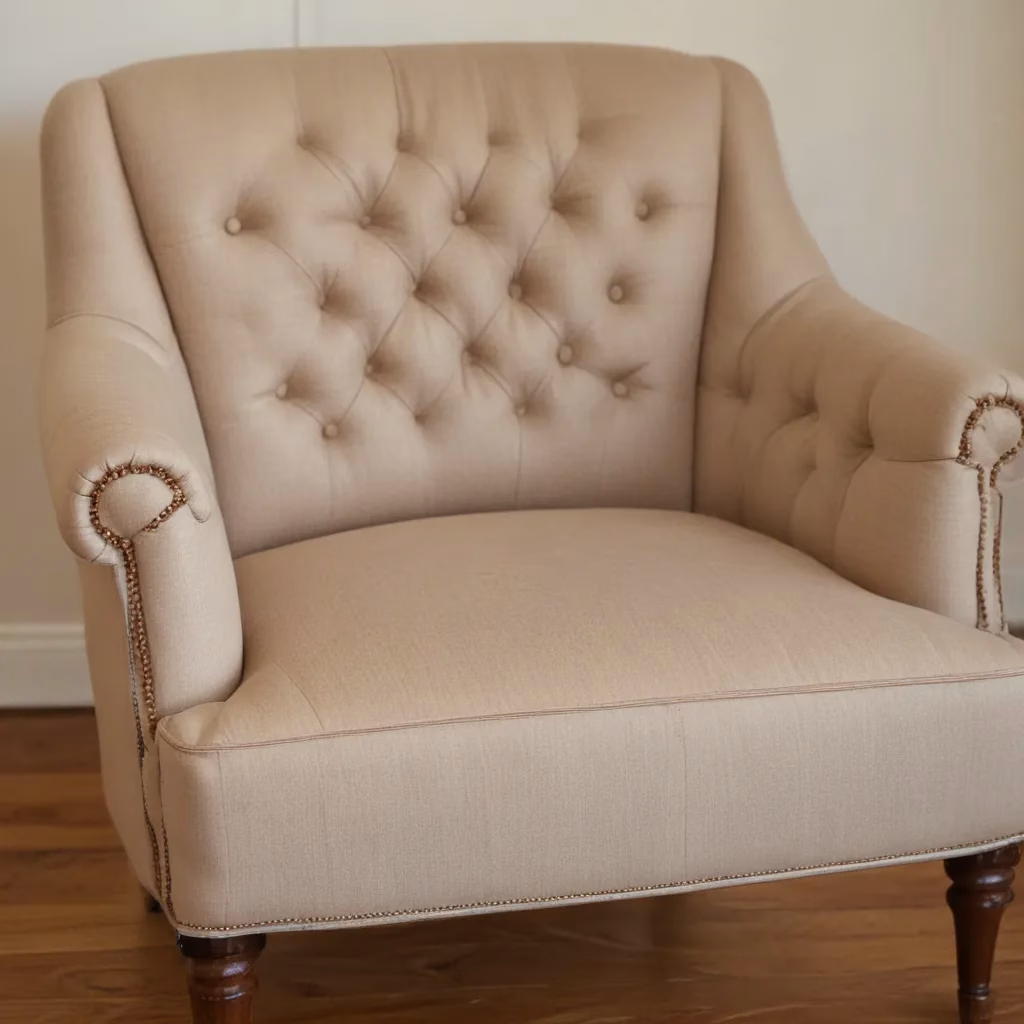
As I dive into the fascinating history of textile dyes, I’m reminded of just how much the world has evolved when it comes to the vibrant colors we enjoy today. Gone are the days when the pursuit of the perfect hue was a dangerous game of risk and reward, where people quite literally put their lives on the line for the sake of fashion.
Now, we have the luxury of accessing any color imaginable with just a few clicks. But have you ever wondered about the arduous journey that led us here? The stories of those who were willing to brave the unknown, all in the name of creating breathtaking textiles? Well, buckle up, because I’m about to take you on a wild ride through the colorful (pun intended) past of the textile industry.
The Craving for Color
It’s almost hard to imagine a time when color was a rare and precious commodity. Yet, for centuries, mankind struggled to perfect and protect the magic of vibrant hues. In the ancient ruins of Pompeii, archaeologists have discovered perfectly preserved dye houses, evidence of an industry that was already thriving millennia ago.
Fast forward to the Middle Ages, and we see the rise of elite, secretive dye guilds, as artisans slowly learned to harness the full potential of dyestuffs like woad and red madder. Meanwhile, the Aztec empire was bankrolling itself on the trade of cochineal, a rich red dye that the people of Mexico had spent generations mastering.
Despite all this progress, though, natural dyes still had their limitations. Many produced muted, dull colors, and the slightest mistake in the complex dyeing process could ruin the entire batch. As a result, brilliantly dyed fabric became a status symbol, with strict sumptuary laws dictating who was allowed to wear certain hues.
The Pursuit of the Perfect Green
Now, let’s talk about the holy grail of dyes: green. You might think that with all the lush greenery in nature, green dyes would be abundant and easy to come by. But as it turns out, true natural green dyes are shockingly scarce.
For centuries, textile dyers had to get creative, often resorting to the laborious process of first dyeing the fabric yellow, and then over-dyeing it with blue to achieve that coveted green hue. Imagine the skill and precision required to pull that off – one wrong move, and the entire piece would be ruined. It’s no wonder that such fabrics were worth a pretty penny.
Desperate to find a better solution, some dyers turned to an unexpected ally: arsenic. The discovery of copper arsenite, or “Scheele’s green,” as it was called, offered a tantalizing new path to achieving that elusive green shade. But as you’ve probably guessed, this “solution” came with a deadly price tag.
The Deadly Allure of Arsenic Green
The stories of arsenic poisoning from the use of these vibrant green pigments are truly chilling. Children died from the green wallpaper in their nurseries, and there were even rumors that Napoleon himself had been done in by the green walls of his final residence. Even the inventor of Scheele’s green, Carl Wilhelm Scheele, was aware of the health risks, but the lure of this captivating color was too strong to ignore.
Despite the growing body of evidence linking these arsenic-based greens to serious illness and even death, the 19th-century public still couldn’t get enough. As one doctor put it, the alternatives to using arsenic colors were “abominable grays, hideous browns, and dreadful yellows” – hardly a tempting prospect for those craving the latest fashions.
It’s a stark reminder of just how powerful the human desire for color can be, even in the face of devastating consequences. And the story doesn’t end there, as the quest for color would soon take an even more perilous turn.
The Rise of Synthetic Dyes
Just as the use of arsenic-based greens was reaching its peak, a new revolution was brewing in the world of textile dyes. In 1842, the British gained control of Hong Kong, and French officials soon discovered a treasure trove in the form of a little cake of green mud – the Lo Kao, a natural green dye from the bark of the Buckthorn tree.
But the arrival of this natural alternative was short-lived, as the rapid rise of synthetic dyes was about to forever change the industry. In 1856, a young chemist named William Perkins made a serendipitous discovery, creating the first synthetic dye – a vibrant purple known as “mauve.” This was the beginning of a new era, where chemists and dyers would become essential collaborators in the quest for color.
The Perils of Synthetic Dyes
While the synthetic dyes offered a wider range of colors and more reliable results, they came with their own set of health hazards. Poorly finished dyes would leach out of fabrics, causing skin irritations, and workers in the dye factories faced exposure to deadly chemicals like toluene, aniline, and dinitrobenzene.
To make matters worse, the rapid growth of the synthetic dye industry in Germany during the late 19th and early 20th centuries had implications far beyond the realm of fashion. As World War I loomed, these same chemists who had mastered the art of dye-making turned their knowledge towards the production of chemical weapons, posing a serious threat to national security.
It seemed that the world had jumped out of the arsenic green pot and into a whole new fire of toxic synthetic dyes. But just when all hope seemed lost, a remarkable breakthrough was about to change the course of textile history forever.
The Gift of Green Dye
In 1845, French officials visiting the newly British-controlled Hong Kong stumbled upon a remarkable discovery – a small cake of green mud that would become the holy grail of the dye industry: the Lo Kao, a true colorfast, natural green dye extracted from the bark of the Buckthorn tree.
This “giving tree” for dyers had been used for centuries in China, producing not only the sought-after green dye, but also yellow dyes from its leaves and low-quality green watercolors from its berries. But the Europeans had never before encountered this remarkable natural resource.
Unfortunately, the Lo Kao’s reign as the ultimate green dye was short-lived. Just as it became widely available, the rise of synthetic dyes, spearheaded by the likes of William Perkins and his aniline purple, began to overshadow the natural alternatives. The world was about to enter a new era of color – one that would transform the industry forever.
The Triumph of Synthetic Dyes
The introduction of synthetic dyes in the mid-19th century was a true game-changer. Suddenly, there were thousands of new colors and dyes available, far exceeding the limited palette of natural dyestuffs. Chemists had succeeded in mastering the art of color, bringing the rainbow down to earth for everyone to enjoy.
But with this triumph came a sobering reality: the vibrant hues that had once captivated the public’s imagination were now so abundant that they lost their allure. The 19th century, which had witnessed the last golden age of color, now concluded almost as plainly as it had begun, with Coco Chanel’s iconic little black dress ushering in a new era of minimalism.
As I reflect on this captivating history, I can’t help but appreciate the journey we’ve taken to arrive at the world of textile dyes we know today. From the dangerous pursuit of arsenic-based greens to the rise of eco-friendly, sustainable dyes, the story of color is one of innovation, risk, and the relentless human drive to create something beautiful.
And it’s this very history that inspires the team at Sofa Spectacular to source the finest, most sustainable fabrics for our sofas. We recognize the importance of honoring the past while looking towards a more responsible future, and we’re proud to offer our customers the opportunity to bring a piece of this remarkable story into their homes.
So, the next time you sink into one of our sumptuous, eco-friendly sofas, take a moment to imagine the centuries of strife, innovation, and triumph that have led us to this point. The ancient heritage of textile dyes is woven into the very fabric of our modern lives, and it’s a story worth celebrating.



